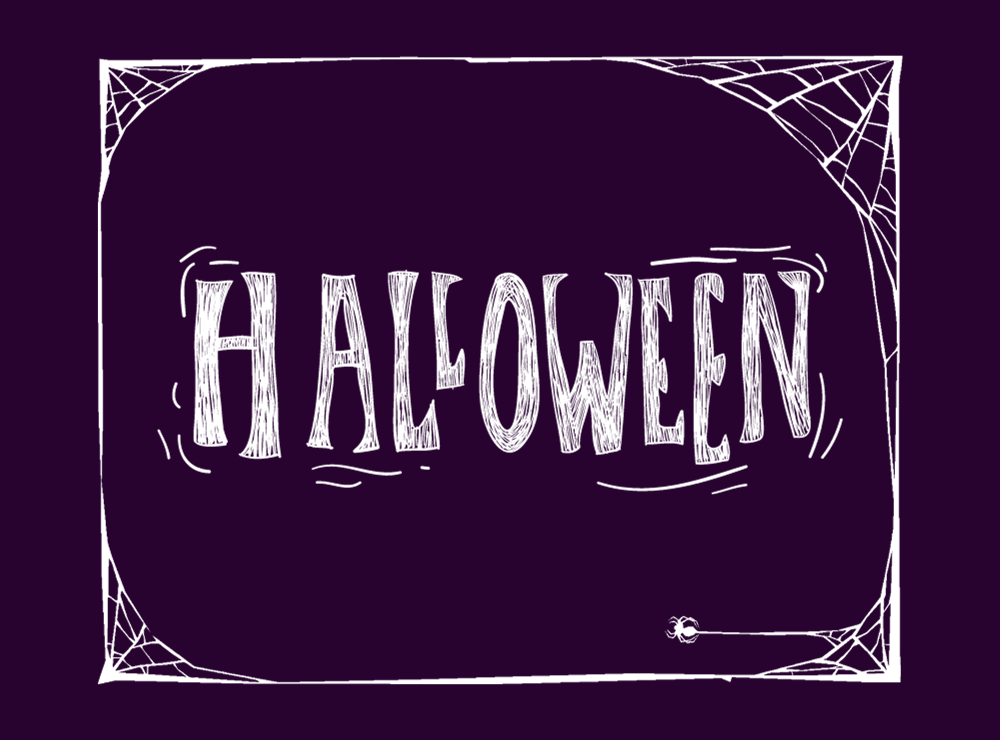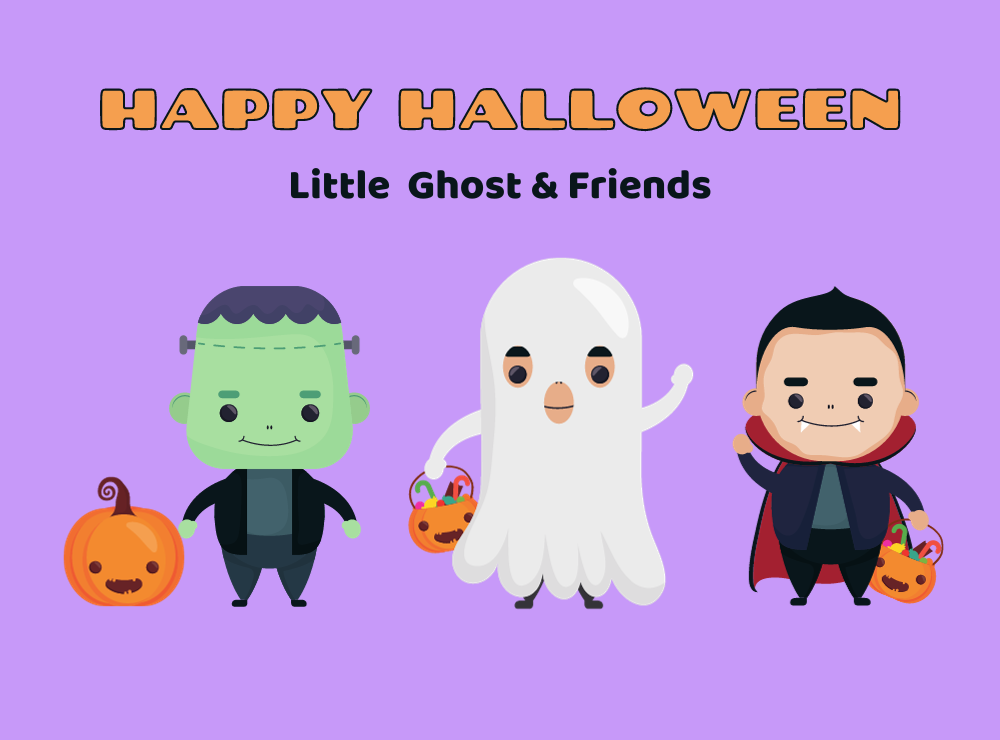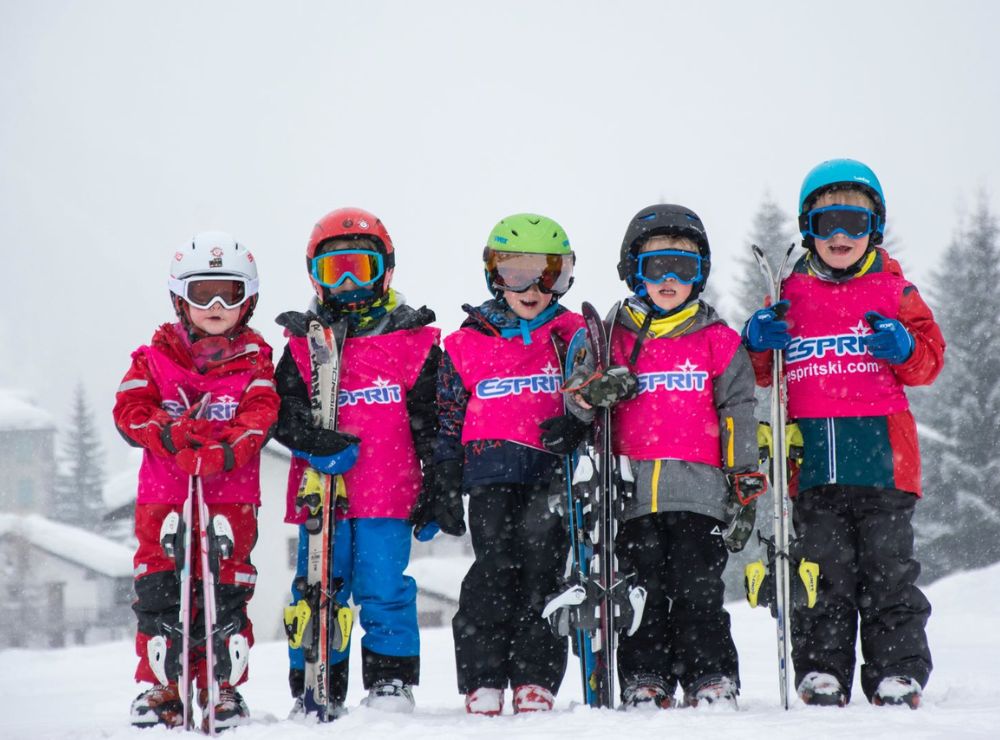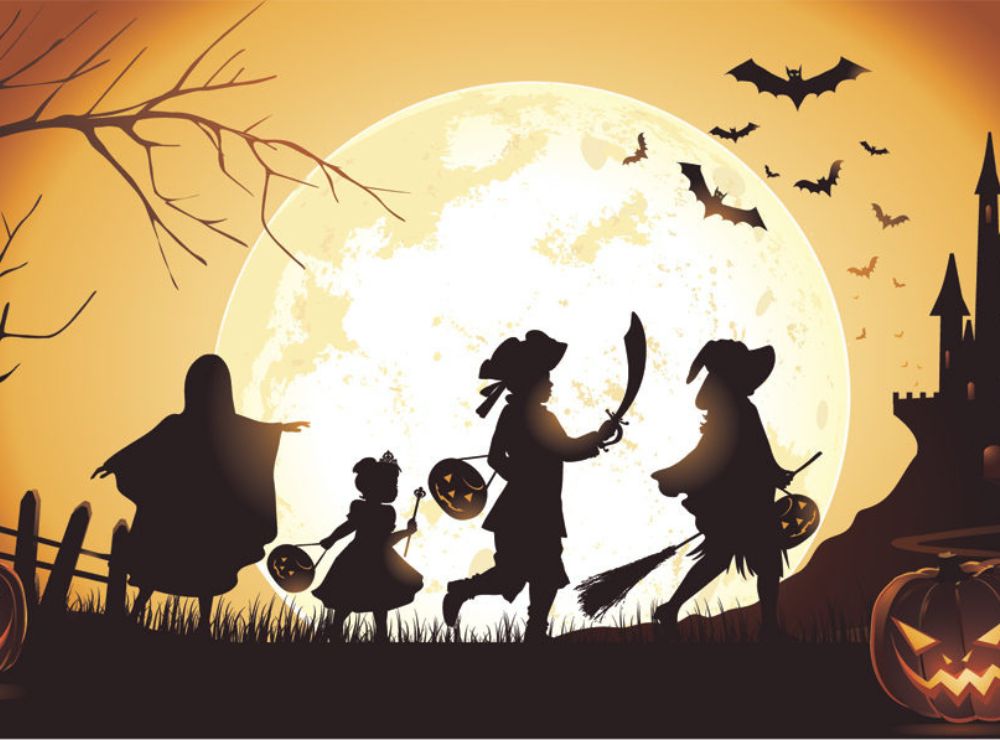1. History and Origins:
· Celtic Roots: Halloween's origins can be traced back to the ancient Celtic festival of Samhain (pronounced "sow-in"), which marked the end of the harvest season and the beginning of winter. It was believed that on the night of October 31st, the boundary between the living and the dead blurred, allowing spirits and supernatural entities to roam the earth.
· Christian Influence: In the 8th century, the Catholic Church established All Saints' Day (or All Hallows' Day) on November 1st and All Souls' Day on November 2nd to honor saints and the deceased. The evening before All Saints' Day became known as All Hallows' Eve, which eventually evolved into Halloween.
2. Symbols and Traditions:
· Costumes: One of the most iconic aspects of Halloween is dressing up in costumes. People of all ages wear costumes that range from spooky to humorous, often emulating fictional characters, monsters, ghosts, and more.
· Trick-or-Treating: Children go from house to house in their neighborhoods, often with the phrase "trick or treat," and receive candies and treats from homeowners. This tradition is thought to have originated from the medieval practice of "souling," where the poor would go door-to-door in exchange for prayers for the dead.
· Jack-o'-Lanterns: Carving pumpkins into decorative lanterns, known as jack-o'-lanterns, is a classic Halloween activity. Originally, turnips were used for this purpose in Ireland.
· Decorations: People decorate their homes and yards with Halloween-themed decorations, including skeletons, witches, ghosts, cobwebs, and tombstones.
· Haunted Houses and Attractions: Many communities set up haunted houses or Halloween-themed attractions where visitors can experience scares and thrills.
· Scary Movies and Stories: Watching horror films and telling spooky stories is a popular pastime during the Halloween season.
3. Halloween Parties: Many people host or attend Halloween parties, featuring games, costume contests, and themed decorations.
4. Food and Treats: Halloween-inspired treats and foods include candy apples, caramel popcorn, pumpkin pie, and a variety of sweets shaped like ghosts, bats, and other spooky creatures.
5. Cultural Variations: While Halloween is most commonly associated with the United States, it is celebrated in various forms in other countries, such as Mexico's Día de los Muertos (Day of the Dead), which honors deceased loved ones, and the United Kingdom's Guy Fawkes Night, celebrated with fireworks and bonfires on November 5th.
6. Modern Halloween: Today, Halloween is a fun and festive holiday that focuses on costumes, candy, and community. It is an opportunity for creativity and imagination and a time when people of all ages can participate in playful and spooky activities.
Halloween has evolved over the centuries from ancient rituals to a lighthearted and enjoyable holiday celebrated by people of diverse backgrounds. It allows individuals to embrace their creativity, explore themes of mystery and fright, and come together to enjoy a memorable night of fun and festivities.

















